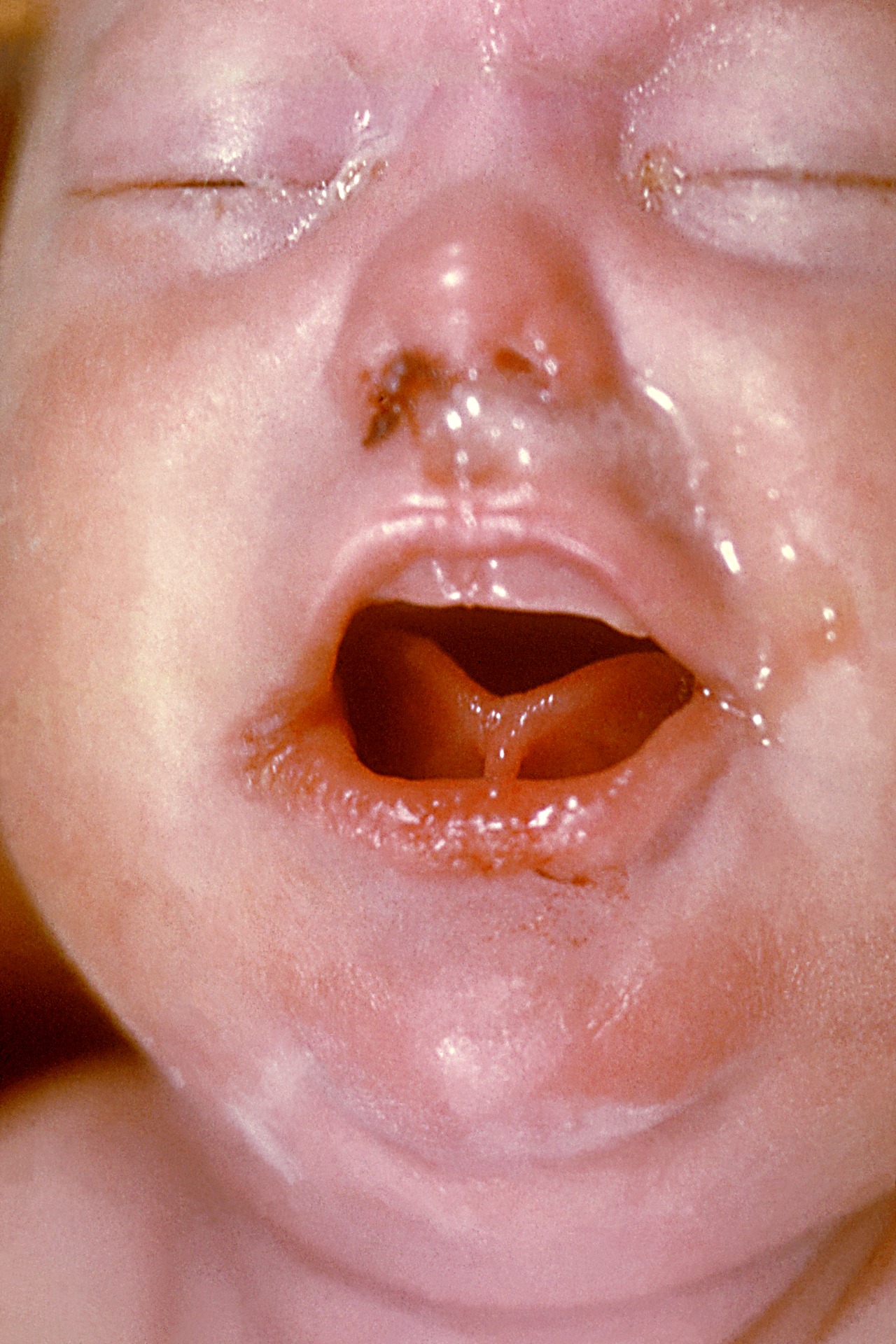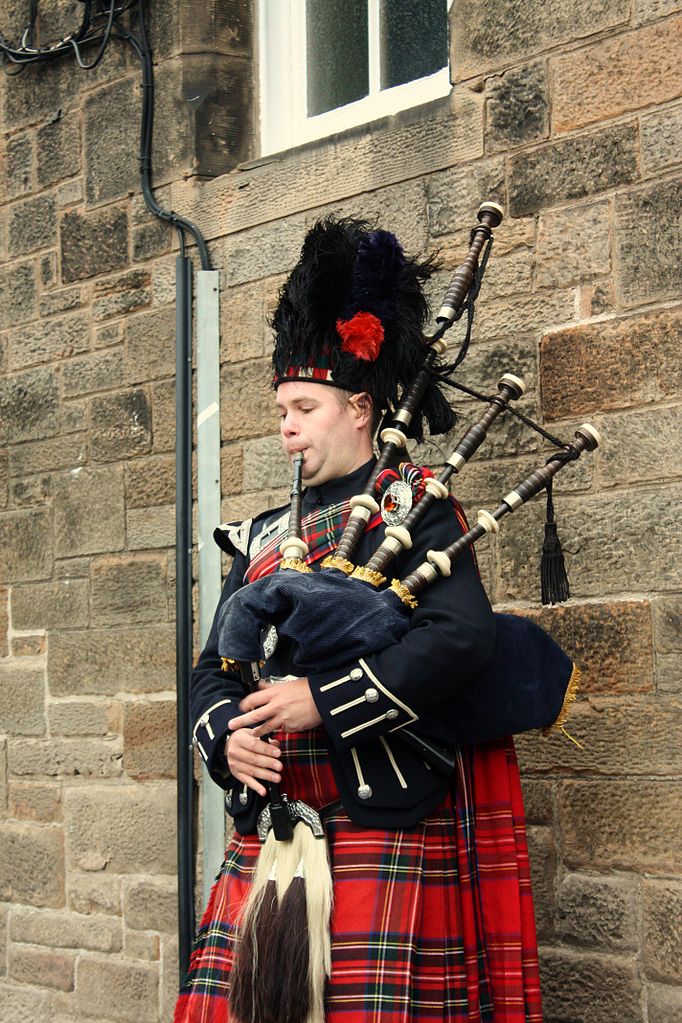Friday Fun Facts - 5/16/2014

Here are this week's Friday Fun Facts about Diana Gabaldon's books.

1) This is an example of an 18th-century art form known as the portrait miniature. In the era before the invention of photography, such miniatures were extremely popular. This portrait of Susan Mary Farington, painted by an unknown artist around 1792, always makes me think of the "Lady, with Brown Hair Curling Luxuriantly", from DRAGONFLY IN AMBER.
"A Lady," [Frank] said softly, cradling the last of the portraits in his palm, shielding it for the moment. "With brown hair curling luxuriantly to her shoulders, and a necklace of pearls. Undated. The artist unknown."Most 18th-century miniatures were painted in watercolor on ivory. Here is a collection of miniatures from the Metropolitan Museum of Art. You can see many more examples here.
It was a mirror, not a miniature. My cheeks were flushed, and my lips trembled as Frank's finger gently traced the edge of my jaw, the graceful line of my neck. The tears welled in my eyes and spilled down my cheeks as I heard his voice, still lecturing, as he laid down the miniature, and I stared upward at the timbered ceiling.
"Undated. Unknown. But once...once, she was real."
(From DRAGONFLY IN AMBER by Diana Gabaldon, chapter 10, "A Lady, with Brown Hair Curling Luxuriantly". Copyright© 1992 by Diana Gabaldon. All rights reserved.)
From Wikipedia:
On 28 April 1733, there was a terrible destruction of portrait miniatures in a fire at White's Chocolate and Coffee House [in London]. Sir Andrew Fountaine rented two rooms at White's to temporarily hold his huge collection of portraits done by Hilliard, the Olivers, Samuel Cooper, and others. The entire house burned down; the number of paintings destroyed was so large that the ashes were carefully sifted to recover the gold from the incinerated mountings of the miniatures.For more about the history of miniatures, look here and here.

2) The inscription inside Claire's silver wedding ring reads, "Da mi basia mille" -- Give me a thousand kisses. It's a quote from a poem by Gaius Valerius Catullus, a Roman poet who lived from about 84 BC - 54 BC.
Jamie recited part of this poem to Claire in OUTLANDER:
A faint blush pinkened his earlobes as he translated:The Latin verse, known as "Catullus 5", is as follows (with the part Jamie quoted to Claire highlighted):
Then let amorous kisses dwell
On our lips, begin and tell
A Thousand and a Hundred score
A Hundred, and a Thousand more.
(From OUTLANDER by Diana Gabaldon, chapter 20, "Deserted Glades". Copyright© 1991 by Diana Gabaldon. All rights reserved.)
Vivamus, mea Lesbia, atque amemus,Catullus dedicated this poem to his lover, known by the pseudonym of Lesbia. You can see the full English translation here. And here is an interesting blog post about Catullus and his poetry.
rumoresque senum severiorum
omnes unius aestimemus assis!
soles occidere et redire possunt;
nobis, cum semel occidit brevis lux,
nox est perpetua una dormienda.
Da mi basia mille, deinde centum,
dein mille altera, dein secunda centum,
deinde usque altera mille, deinde centum;
dein, cum milia multa fecerimus,
conturbabimus illa, ne sciamus,
aut ne quis malus invidere possit
cum tantum sciat esse basiorum.

3) This illustration shows a baby with congenital syphilis, like the child Claire and Bree encountered at the Gathering in FIERY CROSS:
“Syphilis? You’re sure?”
I nodded, rolling up a length of boiled linen for bandaging. It was still very damp, but no help for it.
“The mother wasn’t showing overt signs of the late stages--yet--but it’s quite unmistakable in a child.”
The mother had come simply to have a gumboil lanced, the little boy clinging to her skirts. He’d had the characteristic “saddle nose,” with its pushed-in bridge, as well as a jaw so malformed that I wasn’t surprised at his poor nutrition; he could barely chew. I couldn’t tell how much of his evident backwardness was due to brain damage and how much to deafness; he appeared to have both, but I hadn’t tested their extent--there being exactly nothing I could do to remedy either condition. I had advised the mother to give him pot liquor, which might help with the malnutrition, but there was little else to be done for him, poor mite.
(From THE FIERY CROSS by Diana Gabaldon, chapter 3, "Bilious Humours". Copyright© 2001 by Diana Gabaldon. All rights reserved.)

This is Treponema pallidum, the bacterium that causes syphilis. (Photo from Wikipedia.)
In addition to the nasal deformity, children born with syphilis often have what are known as Hutchinson's teeth: peg-shaped, notched incisors.
For more information about congenital syphilis, look here and here.

4) This photo shows the ancient Roman baths at Bath, England. (Photo credit: Lynn Suckow, on Flickr.) The water is green due to the presence of algae.
I love Hal's description in AN ECHO IN THE BONE of his experience "taking the waters" in Bath. It always makes me laugh.
I'm not dead. Wish I were. Bath is vile. I am daily wrapped in canvas and carried off like a parcel to be sunk in boiling water that smells of rotten eggs, then hauled out and forced to drink it, but Minnie says she will divorce me by petition in the House of Lords on the grounds of insanity caused by immoral acts if I don't submit. I doubt this, but here I am.They really did drink the spa water, for its supposed health benefits. According to this site,
(From AN ECHO IN THE BONE by Diana Gabaldon, chapter 32, "A Flurry of Suspicion". Copyright© 2009 by Diana Gabaldon. All rights reserved.)
In early modern Britain, visitors to spas such as Bath swam just like the Romans had, but they also drank the waters, filling glass and ceramic bottles at street-level pumps that purported to offer access to liquid not already paddled in by bathers. That didn’t mean that people considered the waters to be pleasant. Bath visitor Celia Fiennes complained in the 1670s that water from the spring was “very hot and tastes like the water that boyles eggs, has such a smell.”For more about Bath's hot spring, look here.

5) This photo, from Wikipedia, shows a piper in Edinburgh playing the Great Highland Bagpipes.
There was a piper walking next to me; I could hear the creak of the bag under his arm and see the outline of the drones, poking out behind. They moved as he walked, so that he seemed to be carrying a small, feebly struggling animal.
I knew him, a man named Labhriunn MacIan. The pipers of the clans took it in turns to call the dawn at Stirling, walking to and fro in the encampment with the piper’s measured stride, so that the wail of the drones bounced from the flimsy tents, calling all within to the battle of the new day.
(From DRAGONFLY IN AMBER by Diana Gabaldon, chapter 43, "Falkirk". Copyright© 1992 by Diana Gabaldon. All rights reserved.)

This diagram shows what the different parts of the bagpipes are called. For more information, look here. For more about the history of bagpipes, look here.
Finally, I thought this video (from the College of Piping in Prince Edward Island, Canada) was too cute not to share.
I hope you enjoyed these Friday Fun Facts! Look here to see all of my Friday Fun Facts blog posts. And please come back next week for more!







Comments